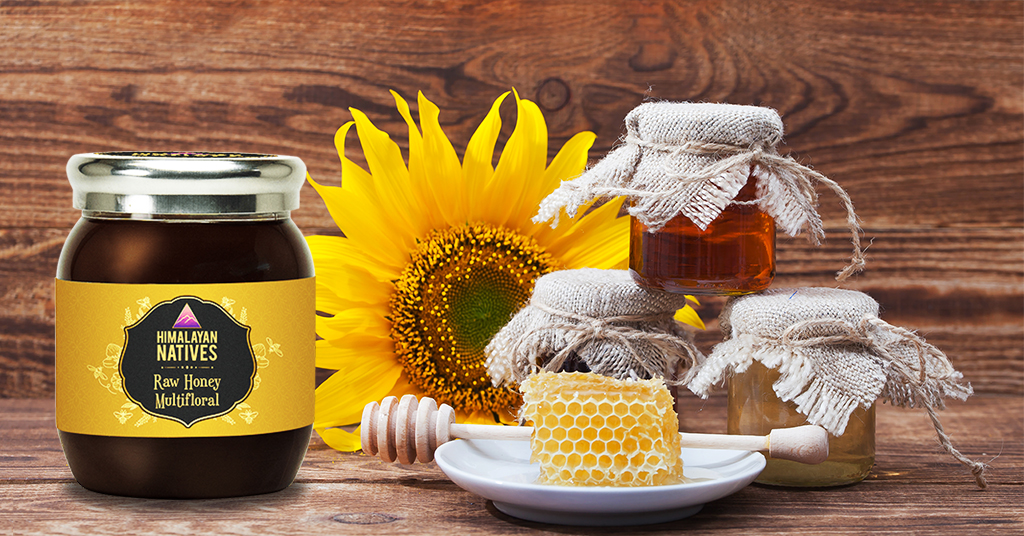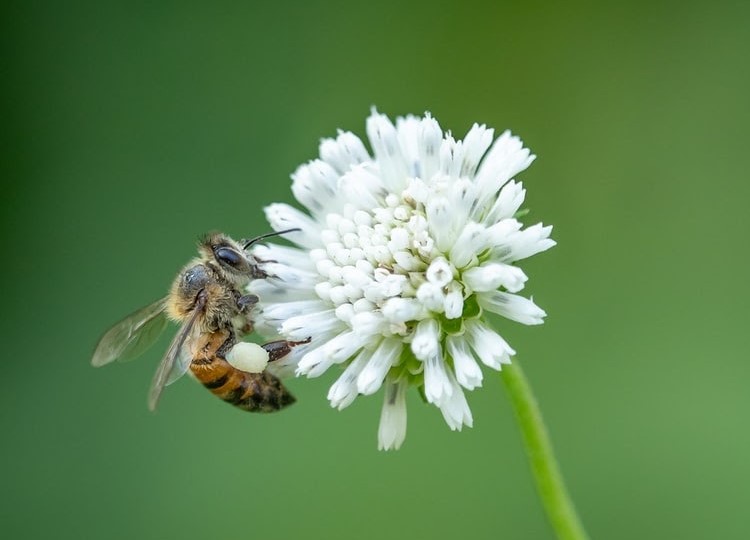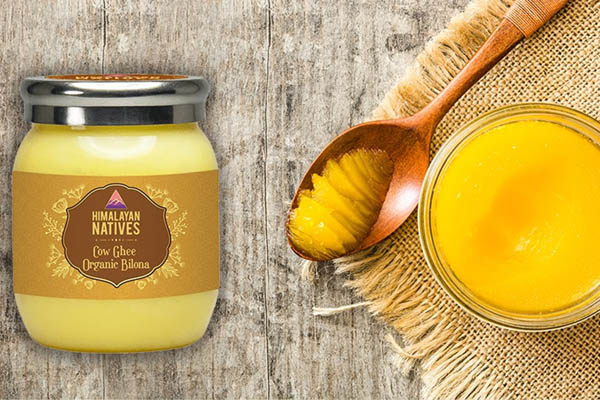
Did you know that the color of honey differs depending on the type of flower that bees extract the nectar from?
Honey is the gold-colored sticky, sugary liquid that honey bees produce during spring and summertime, to store in their hives and feed themselves and their larvae. It is extremely nutritious not just for bees, but for humans as well. It has been consumed by people for centuries owing to its sweet taste and abundance of health benefits.
The crude form of honey, also known as raw honey and is directly extracted from the comb and is then sent for any refinement processes without reducing its nutrient-value. Raw honey has the highest therapeutic value. If the raw honey is heated and strained to get rid of the bacterial or fungal contamination, it becomes pasteurized honey which is lower in nutrient -value. Similarly, honey can have different types depending on what flowers are used to produce them. Honey produced by bees that drink nectar from a single species of flowers is known as unifloral honey. But if the nectar comes from more than one species of flowers, it is known as multifloral honey. All these types of honey are filled with active phytochemicals and differ from each other with respect to their consistency, taste, and nutrient values.
Let’s take a look at some of the popular honey variants:
1. Manuka Honey
Manuka honey is formed by bees that suck nectar from the New Zealand Manuka bush, and is a unifloral honey. It contains high concentrations of methylglyoxal (MGO) and dihydroxyacetone, which are responsible for its antibacterial properties. When applied on wounds, Manuka honey stimulates the formation of new blood cells and promotes the growth of fibroblast and epithelial cells!
Additionally, Manuka honey has potential wound-healing (vulnerary) abilities and is rich in vitamins B1, B2, B3, B5, and B6, and multiple amino acids. It also contains essential minerals like calcium, magnesium, copper, potassium, zinc, and sodium that are essential for the overall health of the body and for it to function every day.
Fun Fact - The Manuka flower only blooms 2-6 weeks a year, and honey bees make 22,700 trips to these flowers to make a 500 g jar of the best honey!
2. Acacia Honey
Bees that feed on Acacia flowers produce Acacia honey - a pale, liquid glass-like bee honey. Vitamins A, C, and E, flavonoids, and essential fatty & amino acids are found in this unifloral honey. Acacia honey has hepatoprotective (liver) and nephroprotective (kidney) effects. This honey variant possesses anti-inflammatory, DNA protective, and antioxidant properties too.
Due to its lower sucrose content, Acacia honey is perfect for those who are trying to lower their blood sugar levels. Just mix it in some hot water or milk, and it’ll keep your energy levels relatively high during the day!
3. Sourwood Honey
Sourwood honey is one of the most popular varieties of unifloral bee honey, and for good reason - it has a gorgeous amber color, smells like cinnamon and cloves, and tastes like a very buttery caramel!
Typically, the darker the honey, the more antioxidants it has - with Sourwood honey being the exception. Raw sourwood honey has a lot of antioxidants despite its lighter color and is believed to prevent serious illnesses like heart disease. It also helps treat wounds. Sourwood honey is a great solution for colds and sore throats as it provides the same antibacterial benefits as other kinds of honey.
4. Clover Honey

Clover (from Trifolium species) honey is one of the safest dietary antibacterial agents you can have. Unlike manuka, this unifloral honey doesn’t have methylglyoxal and doesn’t need hydrogen peroxide for its antibacterial effect. According to a research study, clover honey is considered to have the strongest antibacterial properties.
Clover honey is also known to help in having better sleep at night by helping restore glycogen levels in the liver which further prompts the body to get better rest and avoid the midnight munchies!
5. Buckwheat Honey
Buckwheat honey is a very unique type of bee honey - it is darker than the other types, ranging from purple to black and sometimes having a tinge of red. This unifloral honey is produced using nectar from tiny buckwheat flowers, which are dark in color themselves. It is also less sweet than other types of honey, tending to be more bitter and having a nutty taste.
Due to its antioxidant properties and an abundance of micro-and macronutrients, buckwheat honey can help protect your body and DNA from chemical or oxidative stress – better than manuka honey. Buckwheat honey is definitely a unique kind of honey!
6. Tupelo Honey
Tupelo honey has a high fructose content which makes it better for your glucose and blood sugar levels. Like any raw, unfiltered honey (highly-processed versions have the beneficial pollen and propolis removed), this unifloral honey is rich in antioxidants and antibacterial properties. Tupelo honey can help soothe sore throats and treat the underlying infections causing them. It promotes a healthy immune system and digestive tract, and it even helps some people with sleep difficulties. Like all raw honey, Tupelo honey is also gluten-free. It is rich in carbs and calories so it shouldn’t be a diet staple – but it’s one of the best treats around.
Fun Fact - Tupelo honey is also the only honey that doesn’t crystallize in raw form!
7. Wildflower Honey
Wildflower honey is a very unpredictable type of honey because it is made from the nectar of wildflowers - ANY wildflowers. It can vary in color, taste, and even texture due to the fact that different wildflowers bloom at different times of the year. This is an example of multifloral honey.
While it possesses most of the medicinal qualities of honey, a unique benefit of wildflower honey is that it helps relieve some allergies. One of the biggest causes of seasonal allergies is pollen from wildflowers. Studies have found that eating small amounts of local wildflower honey can help limit allergic reactions caused by pollen from flowers native to the area. It’s important to note that wildflower honey from the grocery store probably won’t help with allergy symptoms; the beneficial effect is produced by consuming honey from some of the same flowers that cause the allergy.
8. Himalayan Natives Raw Multifloral Honey
Himalayan Natives’ Raw Multifloral Honey is a pure and unpasteurized type of honey made using the nectar of different flowers during different bloom periods. Due to this, each batch has a slightly different color, texture, and flavor, making each bottle a unique addition to the pantry! Not to mention, every batch is rich in nutrients and contains antioxidants and digestive properties that are diet-friendly and help keep you healthy.
While these types of honey are the more popular ones, there are many more depending on whether they are unifloral or multifloral, and where in the world they originate from. What is your favorite type of honey? Let us know!
 HELPFUL0 people found it helpful
HELPFUL0 people found it helpful
Related Blogs
Subscribe to Our Blogs
and never miss on the latest update!

















